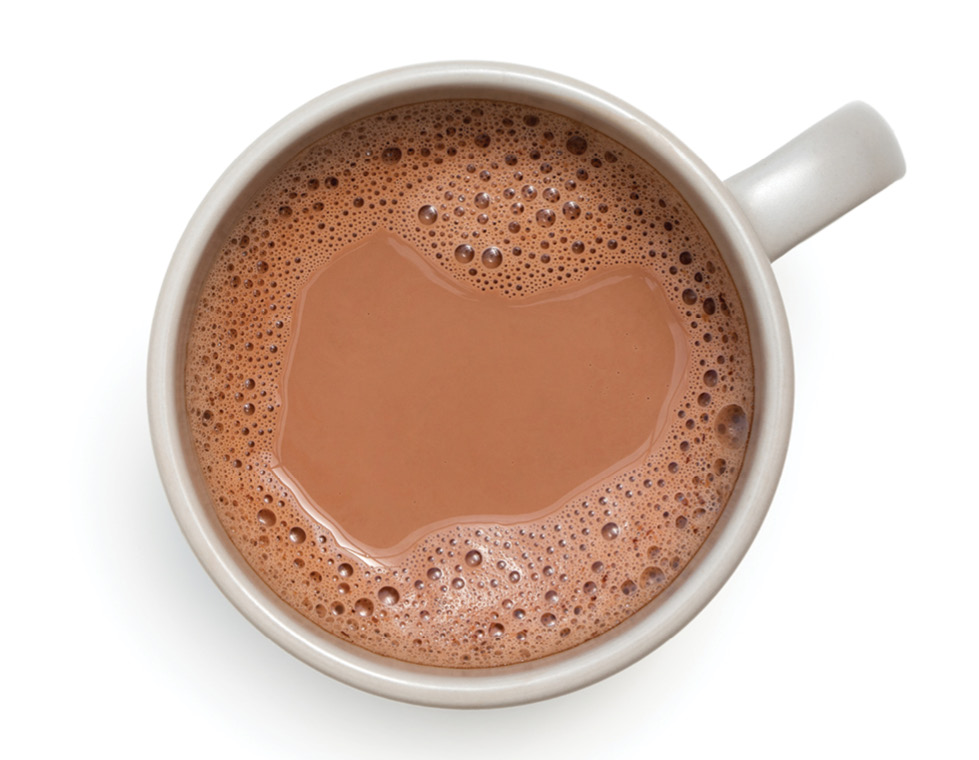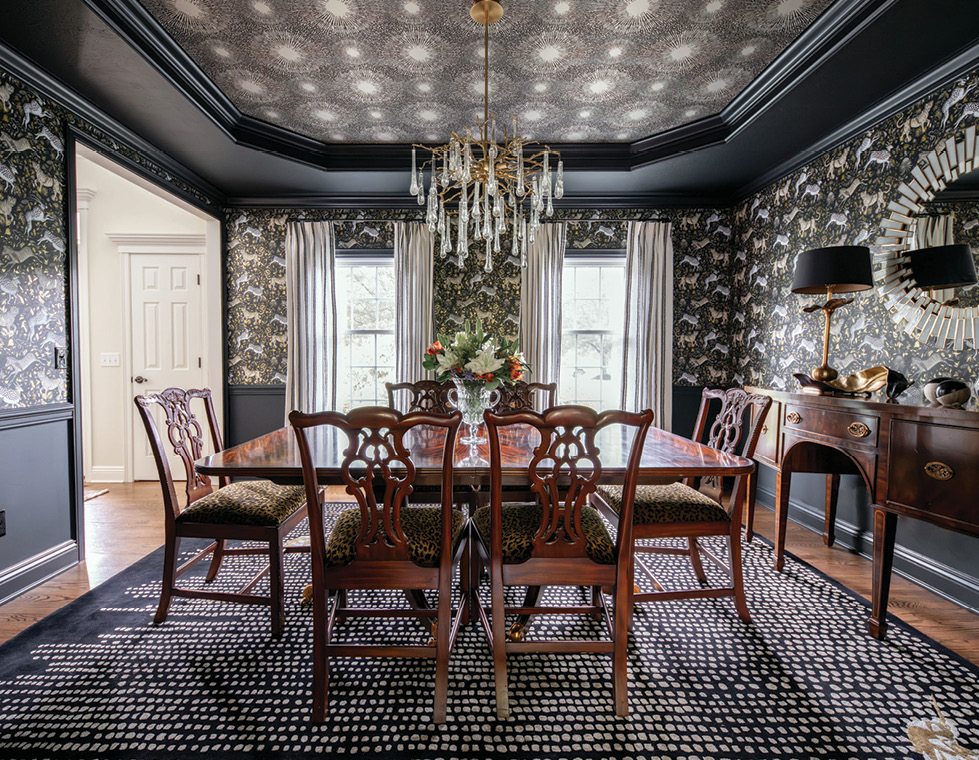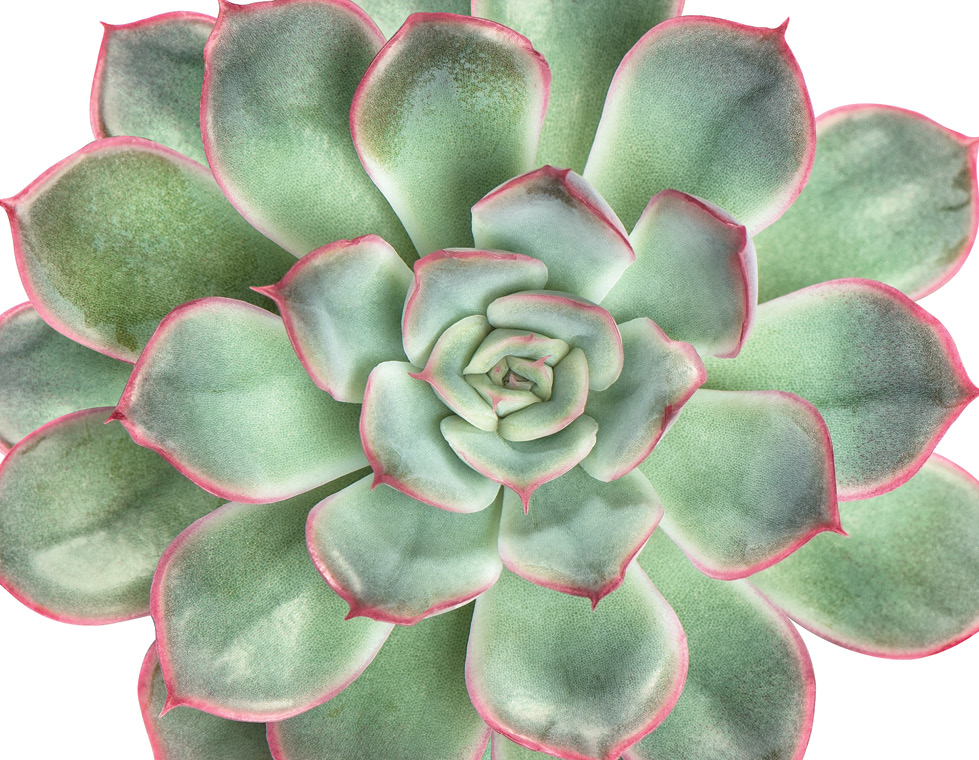My Health: The Effects of COVID on Heart Health
Even people who recovered from COVID-19 with seemingly no lingering complications may be at risk for experiencing a heart-stopping consequence. A new study led by the Cleveland Clinic and the University of Southern California found that those who have had COVID-19 were twice as likely to suffer a major cardiac event such as a heart attack, stroke or even death for up to three years after diagnosis of the infection.
“Just having a PCR-positive test doubled the risk,” says co-senior study author Dr. Stanley Hazen, chair of Cardiovascular and Metabolic Sciences in the clinic’s Lerner Research Institute and co-section head of Preventive Cardiology.
The research, published in Arteriosclerosis, Thrombosis and Vascular Biology, utilized UK Biobank data from 10,005 people who had COVID-19 and 217,730 individuals who were not infected with the virus between February and December 2020, before a vaccine was available. Dr. Hazen describes the subjects as apparently healthy Britons ages 50 and older.
“One of the most surprising findings was there looks to be no sign of attenuation in the risk … The risk was double in the first year as well as double in the second year,” he says. “And if you looked at just 2022 to 2023, the third year, it still was a doubling of the risk in that year.”
Dr. Hazen adds that people who battled a severe infection, which he defines as those admitted to the hospital and carried a COVID diagnosis while there, had a fourfold to sevenfold increase in risk.
Researchers observed that the risk of suffering a post-COVID major cardiac event also was especially higher for those having a blood type other than O – A, B or AB. “It seems to be associated with clotting,” Dr. Hazen says. The genotype that controls blood type, he explains, has been associated with plaque vulnerability, which he defines as “the susceptibility for developing an event, a heart attack, stroke or death, if you are someone who already had existing disease.”
Dr. Hazen shares these study results with patients who have a history of COVID and works with them, particularly those who were hospitalized with a severe infection, to reduce other risk factors.
He recommends getting a COVID vaccine and boosters. He mentions a British study on COVID vaccine safety that followed 45 million people for six months after they were vaccinated.
“[It] asked, ‘What happens for those who are vaccinated versus those who are not?’” he says. “The biggest finding was a significant reduction in heart attack, stroke, pulmonary embolism and deep venous thrombosis.”

My Food: Hot Chocolate Hedonism
Food processing has reduced making hot chocolate to pouring a packet of powdered contents into a mug and adding boiling water. But making real hot chocolate takes more effort. Manikandan “Chef Mani” Ramalingam, executive chef at the Ritz-Carlton Cleveland, and Brad Vande Velde, general manager of The Lakehouse in The Flats, share tips for making body-and-soul-warming bliss.
Start richer and thicker. Ramalingam’s two-serving recipe brings 2 cups whole milk and ¼ cup heavy cream to a boil. “They give you the creamy texture,” he says of the combination.
Sweeten. Ramalingam uses 2 tablespoons of sugar, preferably brown sugar rather than the granulated white counterpart. “It has more of an earthy taste to it,” he explains.
Add a pinch of salt. Ramalingam compares it to salting caramels to cut the sweetness.
Forget the cocoa – use dark chocolate. Ramalingam shaves 4.5 ounces (130 grams) of 72% dark chocolate into his milk-and-cream mixture after he brings it to a boil and turns off the burner. “That has a much lighter flavor,” he says. Those who don’t want to shave chocolate “can cut it up into smaller pieces so it dissolves quicker.”
Spice it up. Ramalingam adds a cinnamon stick, then removes it after a few minutes. “That’s the flavor that I grew up with in India,” he explains. He suggests those who dislike cinnamon add a half-teaspoon of vanilla.
Spike it. It’s the adult alternative to flavoring with a spice. Vande Velde adds 2½ to 3 ounces of liquor — everything from raspberry liqueur to caramel-flavored vodka to peanut butter-flavored whiskey — to a recipe that yields two 1-cup-plus servings. “You can get really creative,” he enthuses.
Top it. The crowning touch can be Ramalingam’s go-to marshmallows or a swirl of whipped cream dusted with cocoa powder, drizzled with caramel sauce or showered with sprinkles.

My Home: Looking Up
Lindsey Putzier of Lindsey Putzier Design Studio in Hudson calls the ceiling “the fifth wall” of a room. Unfortunately, it’s the most neglected. She suggests treating it like any other wall by:
Painting. There’s no limit in terms of hue, saturation, lightness or darkness. “People think that painting their ceiling dark is going to make the room feel smaller when, in reality, it actually draws the eye up more,” Putzier says. Those with textured ceilings, however, should stick with a flat paint. Use a high-gloss enamel, and “you’re going to see every lump and bump,” she warns.
Papering. Putzier recommends hiring a professional to do the work. “You will need to get rid of texture on your ceiling if you are going to wallpaper it,” she adds. “You cannot wallpaper a bumpy, textured ceiling.”
Adding crown molding. Imagine framing that new paint or paper in, say, dental or egg-and-dart molding. “That really pops a ceiling as well, even though it’s technically part of the wall,” Putzier says.
Paneling. Putzier has covered ceilings with beadboard and shiplap. “Sometimes it’s glued on, sometimes it’s screwed in. It just depends on the application.” Wood and plastic products are available. “If you’re putting [plastic] on a ceiling and you’re far enough away, you can’t tell the difference,” she says. The same goes for the faux-tin ceiling tiles she’s installed.
Lighting. Putzier says almost every room should have a center light fixture. “It just adds that little bit of jewelry,” she says. Hanging a striking chandelier from a decorative ceiling medallion ups the wow factor. Putzier notes the beauty of intricate medallions found in grand old homes can be approximated in high-quality plastic counterparts that, from a distance, look like real plaster.

My Earth: Dry-Time Garden Heroes
The drought we experienced last year that afflicted a wide swath of Ohio graphically illustrates the importance of developing landscapes that require less water. David Thorn of Chagrin Falls-based DT Design & Project Management suggests considering the following plants when planning the coming year’s improvements to your residential oasis. They prove that “drought tolerant” doesn’t have to mean “bare and boring.”
Succulents. These thick, fleshy plants are good for more than filling a little pot on your office desk. Thorn notes that low-growing sedums, for example, will fill in spaces between rocks and stones. “They add a really beautiful textural quality,” he enthuses. A taller variety of sedum, Autumn Joy, produces delicate bright-pink flowers on large heads that age into a striking copper color as summer turns to fall. After the leaves drop off, the blooms “add a really beautiful element to a winter garden.”
Thorn also suggests water-conserving hens and chicks, a variety that grows in mats of rosettes — the large rosettes are the hens, the smaller rosettes they spawn are the chicks — and bears clusters of flowers on flat-topped stems. They are available in a rainbow of leaf colors.
Ornamental grasses. Thorn plants maiden grass as a backdrop to a garden. He likes dwarf fountain grass for its short 2-foot height, growth in “really cool mound shapes” and leaf texture. “The fall color is great,” he adds.
Perennials. Thorn singles out “long-blooming” veronica, with its spikes of “super-vibrant” blue, pink or purple flowers and lamb’s ear, particularly the large, velvety leafed Helen von Stein variety. “You get more of a consistent massing of the leaves, which are super-interesting,” he explains.
Annuals. Thorn’s favorite annual is the zinnia. “The flower blooms are almost like pieces of art,” he says. “They come from light pink to the most deep-red color that you can imagine.” A close second is the cosmos. “[It] has this whimsical, almost dancing-in-the-garden quality.”




